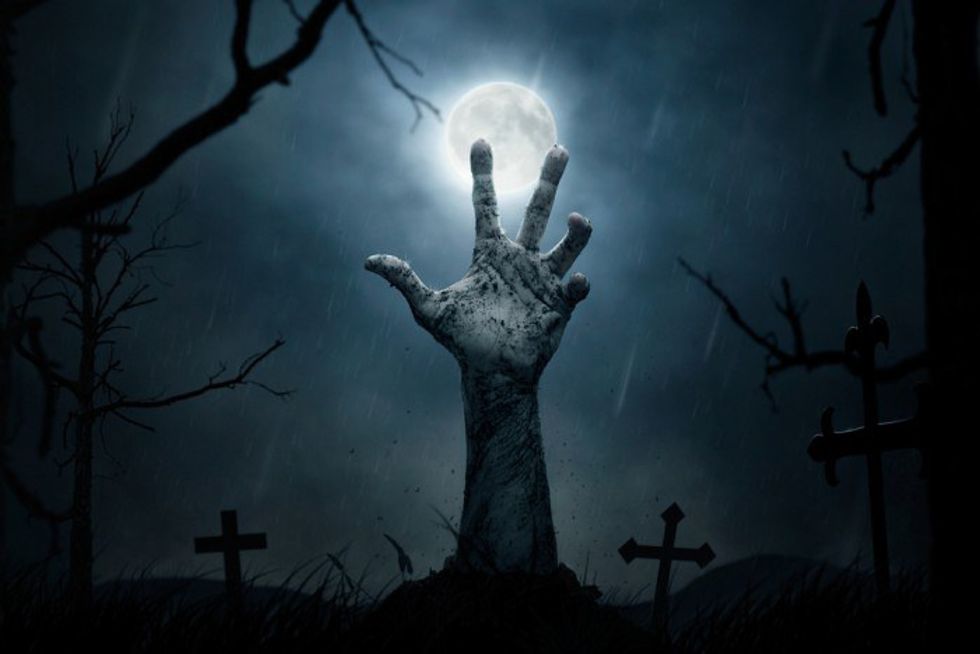Writing: Horror Setting
The settings in horror genre are akin to a character itself. Whether lost in the woods at night, or an abandoned circus; the setting defines the tone of the terror the audience feels. In my experience as a writer that made me beg the question.
What makes a location terrifying? The answer can be broken down into 2 categories.
1. Places of disempowerment
2. Places of residual dread
Place of Disempowerment
Places of disempowerment are locations that make one feel weaker than one normally thinks of oneself. This is perfect for horror as horror requires vulnerability. These places can include having the character defenseless, take away their ability to see, no available weapon, or best of all, the character is alone and isolated, making them and the audience more easy to terrify. Nobody can come to the rescue or help.
These settings are great for other reasons as well. for example if the setting takes place in space or frigid cold weather, there is just a small wall between the character and a hostile world, and if that wall is breached, the character will die. Same goes for settings like the abandoned falling apart circus. it provides a sense that this is a place that the character and the audience were never supposed to be. that they are trespassing and now they are vulnerable and alone.
The key to take away from this setting type is that setting itself can disempower. Once a writer understands this, they have a toll to craft multiple avenues to scare the audience.
Place of Dread
This setting can be used to show the audience or characters what happened in that place that is clued in and dawns over time. This setting is to provide a sense of the places purpose, something the mind recoils from. Most horror settings use hospitable or asylums, or prisons are common examples of this idea. The best way to give a place an inherent disquiet is to dive it a history that lives up to that disquiet. This can be done with environmental story-telling and well timed clues that slowly builds up as the story goes. One doesn't have to give every detail of it though, the best way to scare them is to let the imagination of the audience do the job.
Hopefully that gives some clarity of how some horror settings are shaped. What is given here is pretty bare bones when it comes to creating these types of settings, and there is a lot to understand on the subject. The horror genre and its settings are in a league of their own and it takes a incredible skill to master.














































